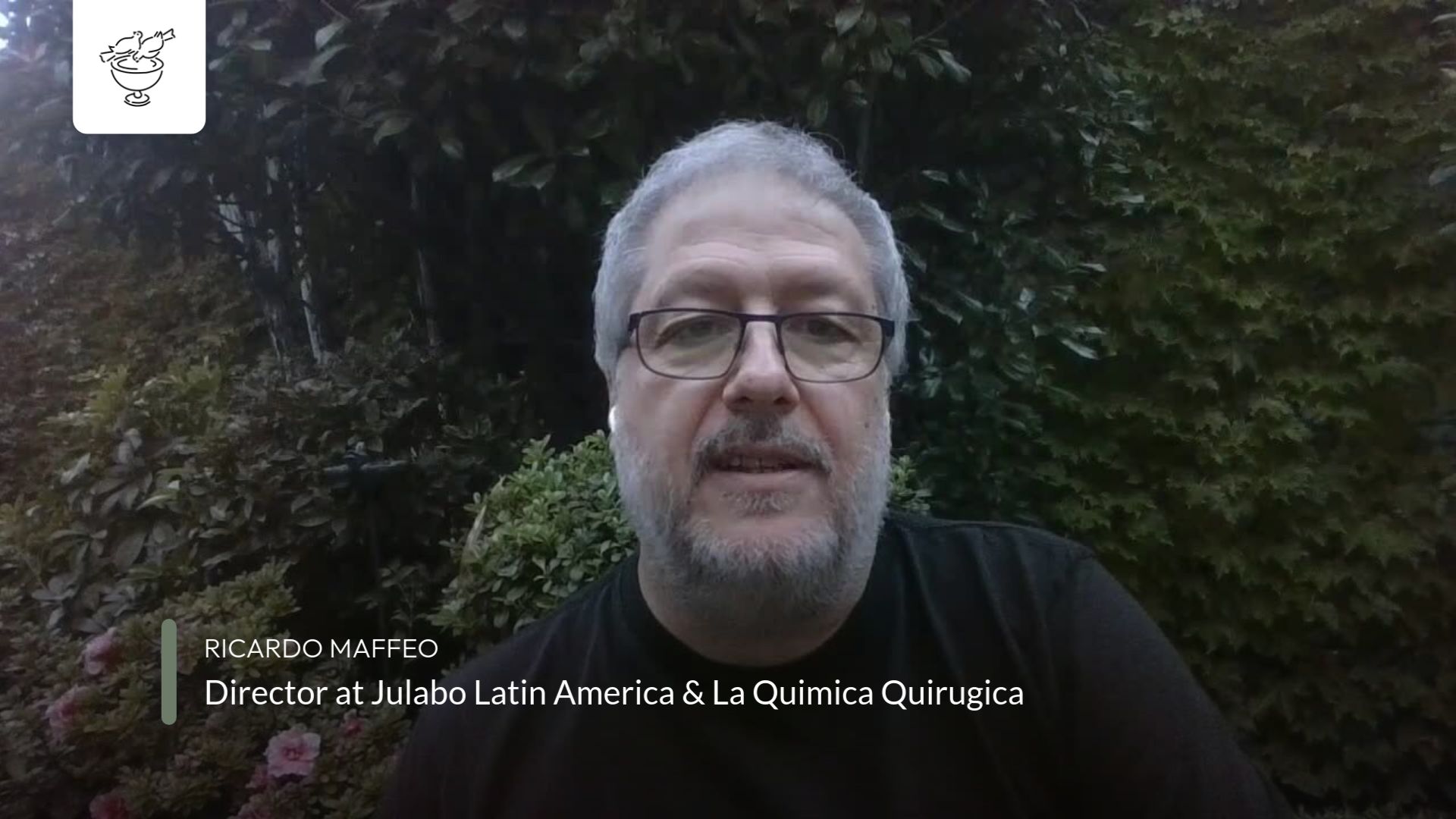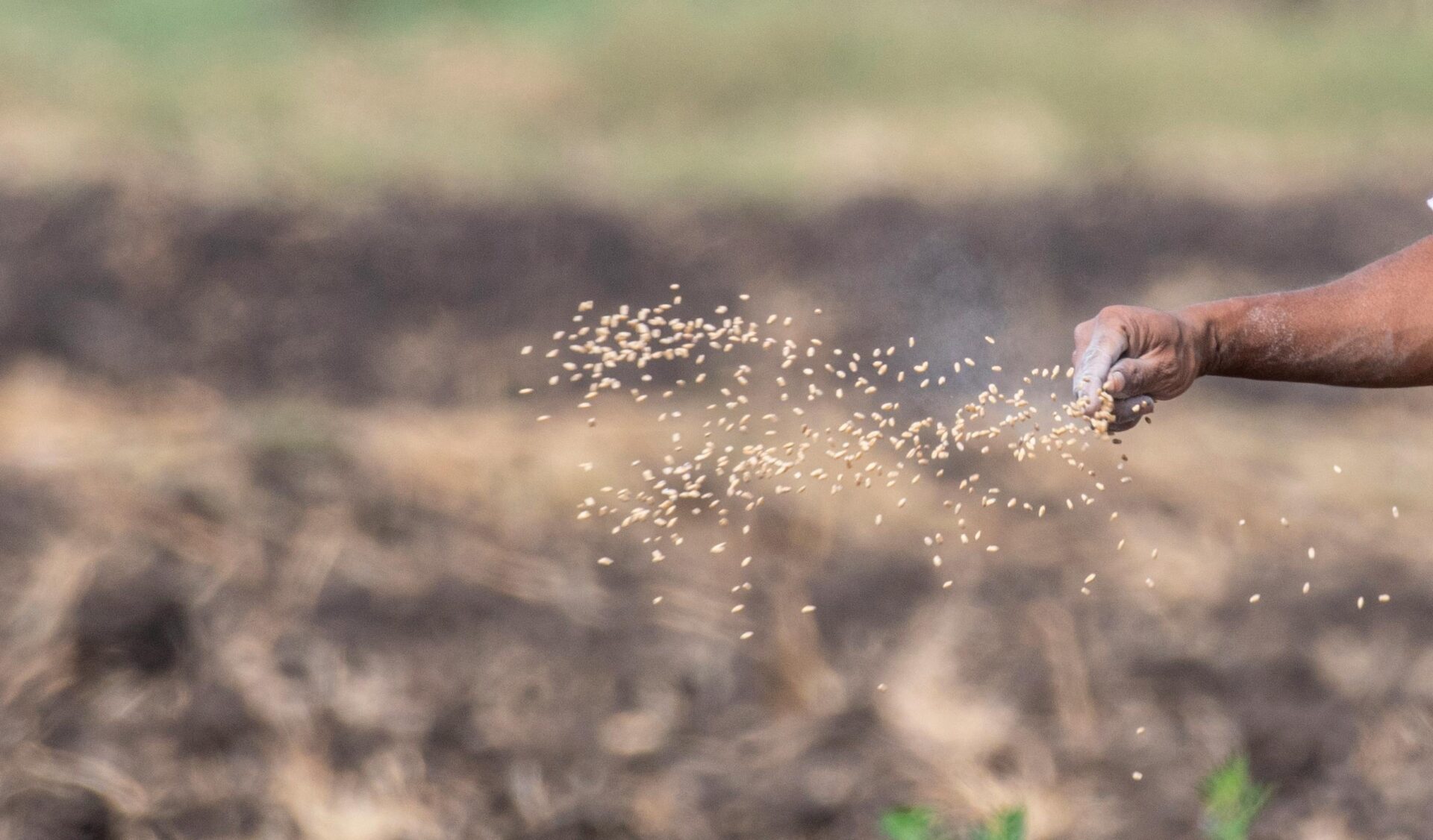In meditation we gently experience that within us which prevents honesty.
By the fifth century AD northern Egypt was the epicentre of a Sprit-lead Christian experiment in salvation. Men and woman with a longing for God sought the desert of Egypt, Sinai, and Southern Palestine in an effort to be free enough from external distraction so that the internal life might be experienced, struggled with, and transformed (in the struggle) by grace. These people were the Desert Mothers and Fathers.
In the desert they experienced acutely the ways in which we all fall short as we seek to live love and compassion. Their own inner landscape lay stark before them like the desert itself. Soon they came to realise a deep human and Christian truth: we cannot save ourselves. In the acceptance of this truth they embraced their own inner poverty. In this embrace they saw poverty as a way of humility. And they experienced humility as the condition through which the Divine Life could save, heal, divinise them. In this desert they lived the essence of the Gospel: the time has come, let your mind be transformed, live in love.
Benedicta Ward, in the introduction to her book The Wisdom of the Desert Fathers, outlines for us “three main types of monastic experiment” that had developed in Egypt up to that fifth century. In Lower Egypt lived hermits, or eremites. These monastics lived in seclusion using the life and example of St. Anthony as their guide. In the Verba Senorium St. Anthony has been recorded as saying:
Just as fish die if they remain on dry land so monks, remaining away from their cells, or dwelling with men [sic] of the world, lose their determination to persevere in solitary prayer. Therefore, just as the fish should go back to the sea, so we must return to our cells, lest remaining outside we forget to watch over ourselves interiorly (1).
A second type of monastic settled in Upper Egypt. These monastics, inspired by St. Pachomius, formed themselves into common communities. These communities were the proto-type monasteries. Monastics who lived this way were the first coenobites. St Benedict’s Rule was later written for them. They lived together having gathered around a chosen spiritual elder whom they trusted to guide them to Christ. St. Pachomius was the first such elder. He has been reported to have said of these communities that they be
the model for all those who wish to gather together souls according to God, in order to help them until they become perfect [whole] (2).
Between Upper and Lower Egypt, between what Ward calls the “two extremes of eremitic and coenobitic life”, were the Lavra or Skete. Ward describes these monastics as
small groups living near a spiritual father [sic] and probably near a church where they could meet at weekends for the liturgy; these groups were found most of all in Nitria [west of The Nile Delta] (3).
The skete was physically a looser arrangement than the monastery. Rather than a kind of ‘halfway house’ for monastics who could neither be eremites or coenobites, the skete can be seen as a middle way between communal aloneness in isolation and aloneness in the one common community.
It could be argued that the history of the WCCM has seen it grow more along the lines of the skete. In suburbs, towns, and regions, all across the globe, meditation groups have formed as places in which meditators can meditate together and be taught about meditation. The current digital age makes access to teaching, WCCM elders, and fellow meditators easier.
The WCCM today sees meditators living alone, with partners, and with family as they earn their own living in the world. Once a week they go to their meditation groups and perhaps their local liturgies. The monastery without walls that is the WCCM is its own balance between the community experience of relationship, family, and group and the alone experience that any contemplative practice asks us to embrace.
Is the WCCM a contemporary movement of the Spirit within which the legacy of the skete is being somehow renewed? Is this skete legacy being renewed anywhere else?
In the book New Monasticism as Fresh Expression of Church, Philip Roderick describes a way in which the monastic skete can be applicable today
In essence, the word ‘skete’ describes a cluster of people, drawn to commit to the way of Christ. They will experience their preference to live as individuals or as individual couples, not so much in community houses but rather in separate but invisibly linked homes – cabins, caravans, houses, homesteads, flats or farms. Each person in the skete and in the ‘enclosure’ of their own heart and home, will be hungry and thirsty to live the mystery of life in Christ. Participants in the skete will choose to pattern their lifestyles to allow a high degree of aloneness and yet also a real sense of interconnectedness and common cause on the spiritual journey (4).
Roderick has used the skete example in the development of the Hidden Houses of Prayer network within parts of the UK.
The mission statement of the WCCM is: ‘to communicate and nurture meditation as passed on through the teaching of John Main in the Christian tradition in the spirit of serving the unity of all.’ A question is, is the formation of sketes within the WCCM consistent with this mission statement? I would see that it is. How might this happen?
Roderick’s words give us a kind of blueprint. Perhaps there are among the WCCM people who are drawn to this way of Christian and contemplative living? Perhaps it is happening unrecognised already. The skete ‘cluster’ may be a way through which dedicated contemplatives within the WCCM can support each other as they grow into Christ through meditation and as they teach meditation. WCCM oblates, as living the desert monastic tradition within the WCCM, would seem to be an obvious and suitable fit for this potential skete renewal.
Desert spirituality today is not about moving physically to a desert. It is about discovering, exploring, and living in the desert that is always with us. Like silence, the inner desert lives on within each of us. We just cover it up. To experience this desert is to experience our own radical simplicity before ourselves, life, and God. In this simplicity is the freedom, the peace, the inner stability which is longed for today – now more than ever. Into this longing, and into the middle of suburbia, the WCCM could help place the skete.
(1) In Thomas Merton (trans) The Wisdom of the Desert (1960, 1997), 32.
(2) Merton (trans) The Wisdom of the Desert, 108.
(3) Benedicta Ward (trans) The Wisdom of the Desert Fathers (1975, 1986), ix.
(4) Philip D. Roderick ‘Connected Solitude: Re-Imagining the Skete’, in New Monasticism as Fresh Expression of Church (2010), 102.





